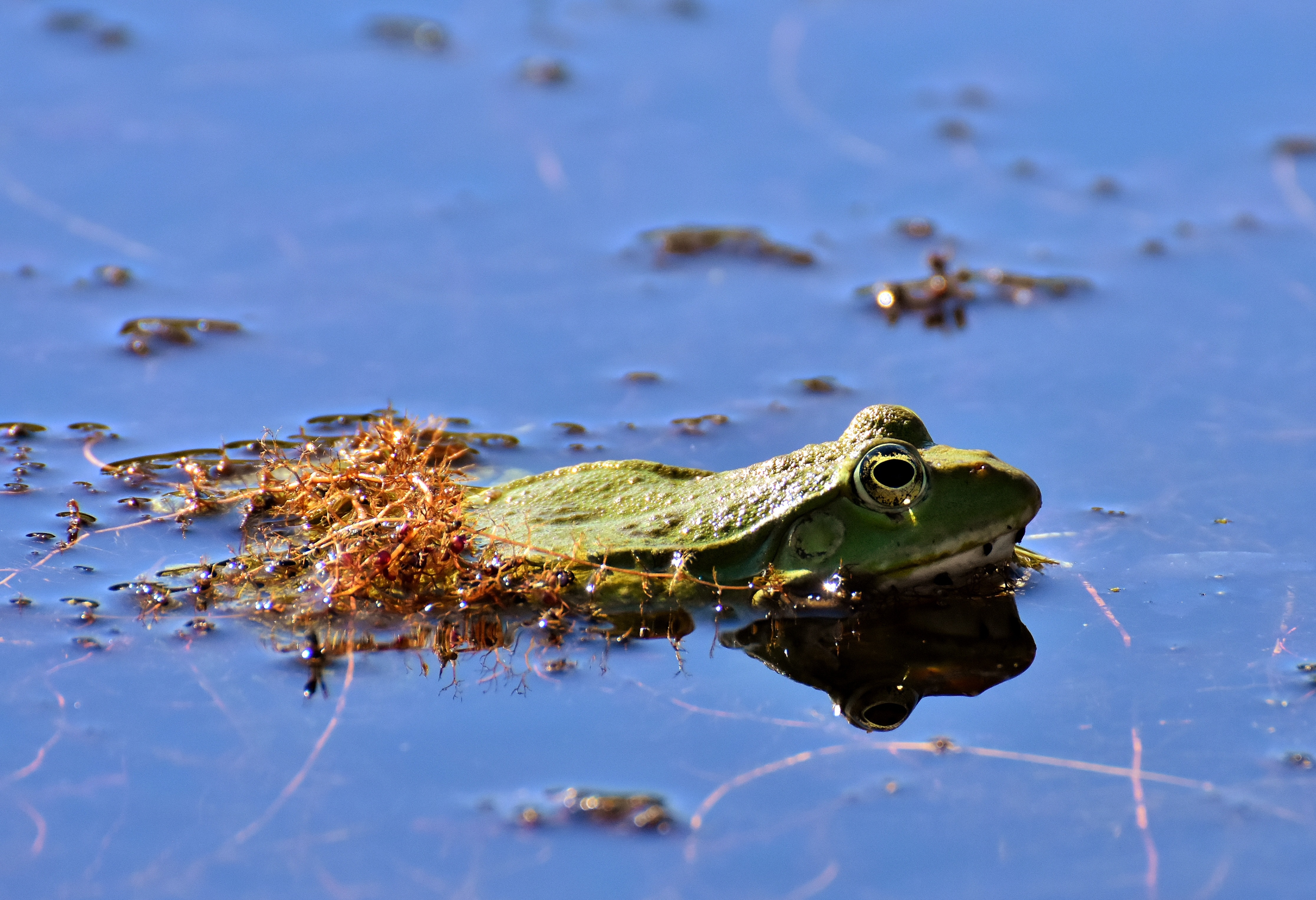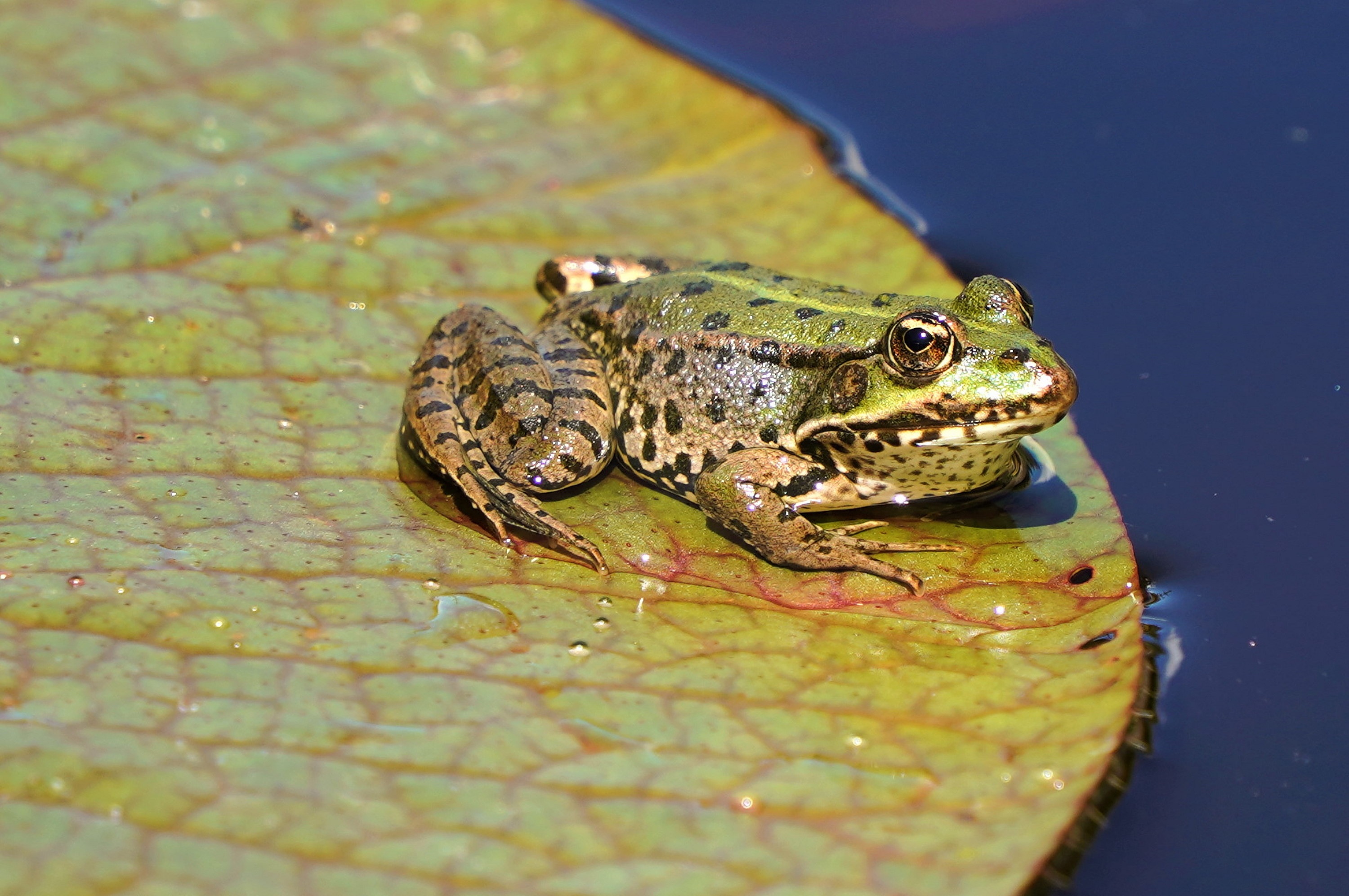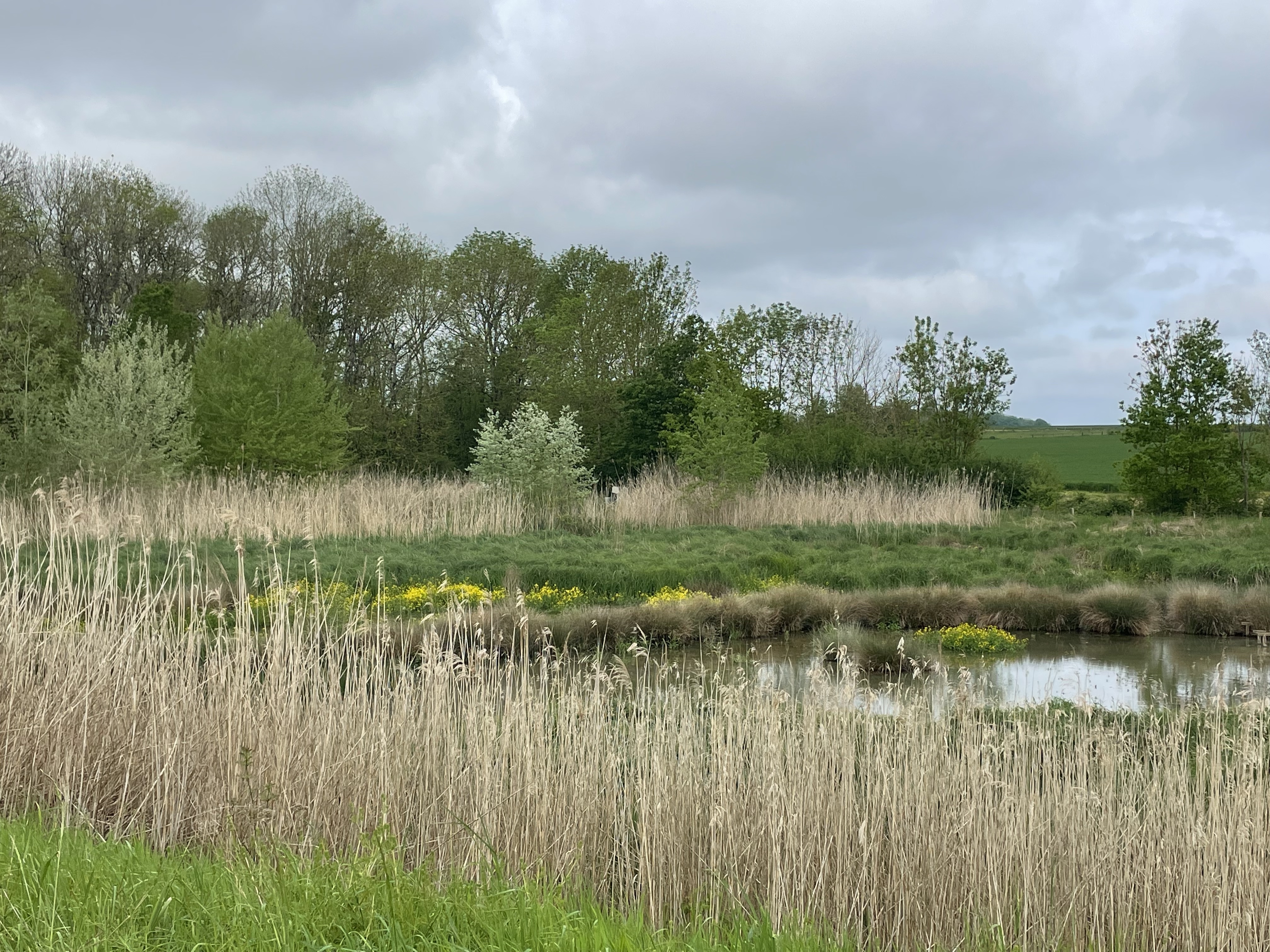Amphibians and Pesticides
The relationship between amphibians and pesticides in Europe is a pressing environmental concern that warrants attention. Amphibians, including frogs, toads, and salamanders, play crucial roles in ecosystem functioning as indicators of environmental health and contributors to pest control.
However, the extensive use of pesticides in agriculture, urban areas, and other settings has raised alarm about its detrimental effects on amphibian populations. Understanding the impact of pesticides on European amphibians is vital for preserving biodiversity and ecosystem balance. This introduction sets the stage for exploring the complex interactions between pesticides and amphibians in Europe.
Pesticides Impact Amphibian Diversity
The impact of pesticides on European amphibian populations demands a critical analysis to unravel the complexities of this issue. Pesticides, including herbicides, fungicides, and insecticides, are extensively used in European agriculture and landscaping, exposing amphibians to various toxic compounds through direct contact, ingestion, and absorption.
Studies have documented adverse effects such as developmental abnormalities, reproductive impairments, and population declines among amphibian species across Europe. However, the specific mechanisms underlying these impacts remain a subject of debate, with factors such as pesticide formulation, dosage, timing of exposure, and interactions with other environmental stressors playing significant roles.

Ecological consequences
Moreover, the ecological consequences of pesticide exposure on European amphibians extend beyond individual health to ecosystem dynamics and biodiversity. Amphibians occupy various habitats, from freshwater ponds to terrestrial forests, serving as integral components of food webs and nutrient cycling.
Thus, declines in amphibian populations due to pesticide contamination can disrupt ecosystem stability and resilience. A critical analysis of the impact of pesticides on European amphibians is crucial for developing targeted conservation strategies and pesticide management practices that mitigate risks to both amphibian populations and broader ecological integrity.
Pesticide and amphibian decline
Amphibians, known for their sensitivity to environmental changes, face heightened risks from pesticide contamination. The intricate interplay between pesticides and amphibians underscores the urgent need for comprehensive conservation measures and sustainable pesticide management practices to mitigate further losses and preserve the intricate ecological balance of European ecosystems.
Pesticide exposure is a key driver behind the declining diversity of amphibian species in European ecosystems. As these chemicals infiltrate amphibian habitats, they disrupt breeding, development, and overall population health, resulting in diminished species richness and biodiversity across Europe’s diverse landscapes. Effective mitigation strategies are crucial to safeguarding amphibian populations and ecosystem integrity.

Mitigating Pesticide Risks
Mitigating pesticide risks to European amphibians is imperative for the preservation of biodiversity and ecosystem health. Effective strategies must encompass rigorous pesticide regulation, habitat conservation, and public awareness campaigns. Collaborative efforts between policymakers, scientists, and stakeholders are essential to implement sustainable agricultural practices, reduce pesticide usage, and establish buffer zones to protect amphibian habitats.
Furthermore, continued research into the long-term effects of pesticides on amphibian populations is crucial for informed decision-making and adaptive management strategies. By prioritizing the protection of European amphibians from pesticide threats, we can foster resilient ecosystems and safeguard the invaluable contributions of these species to our natural world.
Conclusion
In conclusion, safeguarding European amphibians from pesticide risks requires a multifaceted approach that integrates regulatory measures, conservation efforts, and scientific research. By enacting stringent pesticide regulations, promoting sustainable agricultural practices, and preserving amphibian habitats, we can mitigate the detrimental effects of pesticides on amphibian populations and uphold biodiversity.
Additionally, fostering public awareness and engagement is essential for fostering a culture of environmental stewardship and advocating for policy changes. Through collaborative action and ongoing scientific inquiry, we can address the complex challenges posed by pesticide contamination and ensure the long-term survival of European amphibians and the ecosystems they inhabit.








